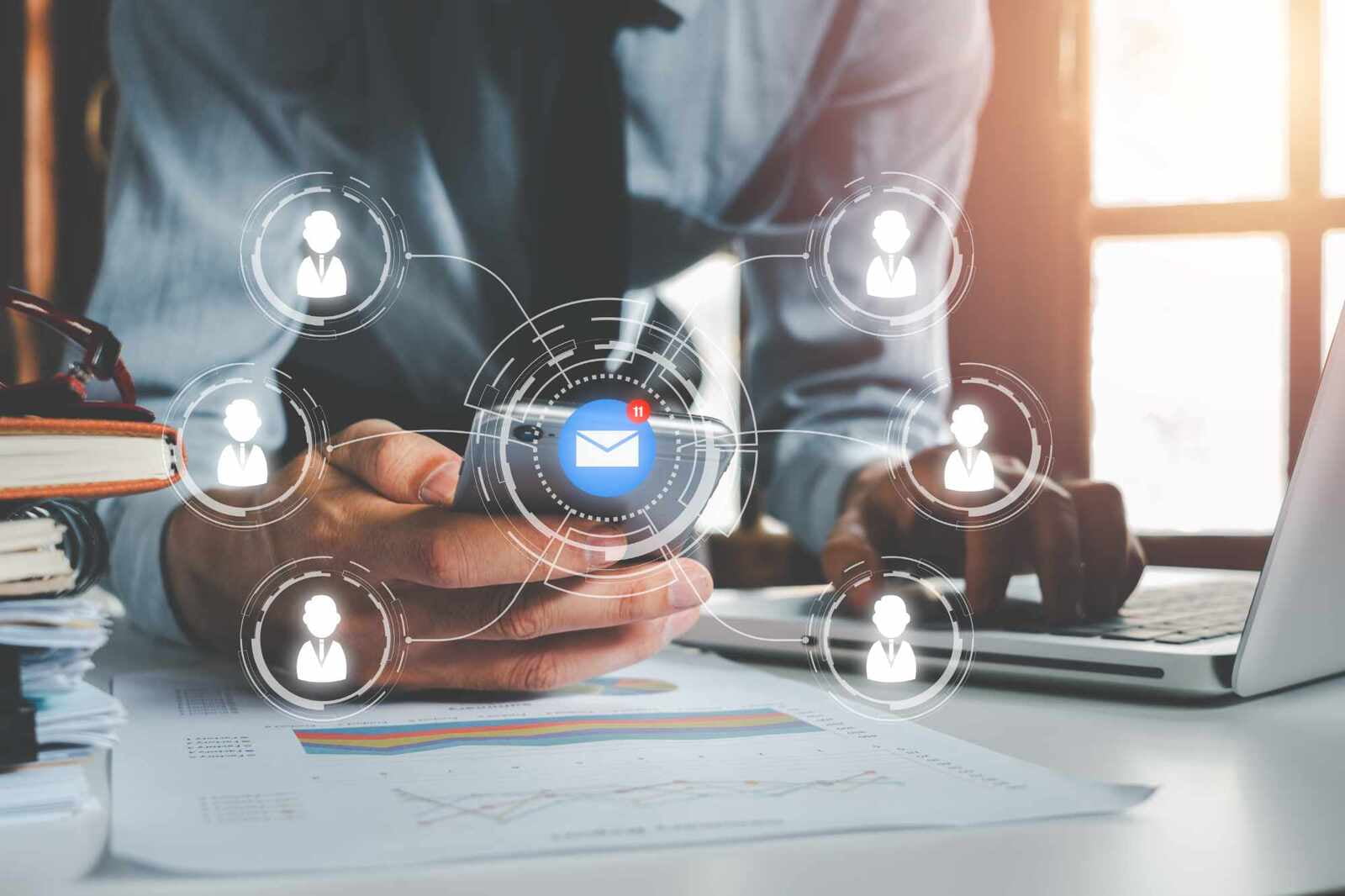
In an era where digital marketing reigns supreme, email marketing campaigns have emerged as a powerful, personalized channel for businesses seeking to enhance customer engagement and increase pipeline conversions. This tool, which merges the potential of technology with the persuasive power of personalized communication, holds an unmatched efficacy when building and nurturing customer relationships. Far from being an outdated strategy, it's a dynamic, evolving field that now leverages sophisticated automation, segmentation, and personalization techniques to deliver the right message to the right person at the right time.
We can't overstate the impact of a well-crafted email marketing campaign on your conversion rates. Essentially, these campaigns act as the linchpin in your sales funnel, guiding prospective customers along their buying journey. Email campaigns provide businesses with a unique opportunity to maintain consistent touchpoints with their prospects, presenting tailored solutions to their needs, thereby improving the probability of conversions. A well-executed email marketing strategy can convert prospects into customers and transform one-time buyers into loyal, raving fans, significantly boosting your bottom line.
The potential for scalability in email marketing campaigns is another facet that underlines their importance. With advanced analytics, reporting tools, and automation, businesses can simultaneously send personalized messages to thousands of subscribers, maintaining consistency and timely delivery. Coupled with strategies like A/B testing and optimization, these campaigns provide invaluable insights into consumer behavior, enabling businesses to refine their approach for improved results continually. The beauty of email marketing campaigns lies in their ability to increase conversion rates and their capacity to evolve with your business, ensuring sustained growth and success.
What is Email Marketing Automation?
At its core, email automation is a powerful digital marketing strategy that allows businesses to send out emails to subscribers automatically. Various factors trigger these emails, including a predetermined schedule, certain customer behaviors, or specific milestones reached by a customer.
This innovative technology works tirelessly to engage with your audience, fostering relationships and converting prospects into customers or customers into repeat customers. It is designed to create personalized, timely, and relevant emails that directly address the needs and interests of your audience. Personalization is accomplished by leveraging customer data and behavioral insights to provide a more curated and engaging experience.
But not all email automation systems are created equal. Several types of email automation systems are available in the market, each with unique features and advantages.
- Dedicated Email Marketing Platforms: These platforms focus primarily on email marketing with few bells and whistles of more advanced systems. They are great for small businesses just starting with email marketing or those not integrating these tools for other marketing or sales purposes.
- Specific Email Marketing Platforms like E-commerce Email Marketing Platforms: Some email automation systems are more specifically designed for a single business type like e-commerce businesses. They offer automation features tailored to e-commerce needs, such as cart abandonment reminders, post-purchase follow-ups, and customer loyalty programs.
- Advanced Automation Platforms: More advanced marketing automation systems offer more advanced automation features suitable for larger or growing businesses with more complex needs. They often integrate with CRM platforms and offer capabilities such as lead scoring, detailed segmentation, and multi-channel campaigns. However, more advanced functionality requires a better-trained team, dedicated resources, more time to manage, and collaboration between teams that simpler systems don't need.
- All-In-One Marketing Platforms: Some marketing automation tools are a subset of an all-in-one comprehensive marketing ecosystem offering a more extensive suite of marketing services. These platforms also provide features like a CRM, landing pages, social media management, and more.
How Email Marketing Campaigns Lead to Increased Pipeline Conversion Rates
Email marketing campaigns are incredibly effective at nurturing leads to move them through the sales pipeline. By providing timely, relevant, and personalized communication, these campaigns play a vital role in converting leads into customers.
Segmentation & Personalization
Email automation tools offer marketers a rich canvas to segment their audiences, allowing for the creation of tailored email marketing campaigns that directly address individual recipients' unique needs and preferences. Advanced email personalization enhances customer communication and significantly increases engagement and conversion rates. Personalization can be as straightforward as addressing recipients by name or as complex as sending product recommendations based on past purchases.

Segmentation, a critical component of email automation, enables businesses to divide their audience into distinct groups according to various criteria. Factors such as demographics, purchase history, stage in the sales pipeline, and online behavior serve as efficient segmentation indicators. This segmentation allows businesses to deliver more targeted and relevant emails, leading to higher engagement and improved conversion rates. For instance, a company selling sporting goods may segment its audience based on its favorite sports, then target those individual segments with specific product suggestions.
Email personalization is crucial in nurturing leads, where the email automation is designed to guide potential customers through the buyer's journey. Marketers can segment leads based on their interests, behaviors, or stage in the buyer's journey and create tailored emails to address their unique needs and concerns. This enhanced level of personalization can significantly improve engagement and response rates.
Re-engagement emails, too, benefit immensely from personalization. They remind subscribers of a brand and its value while highlighting what they may have been missing out on or related products/services that the contact could benefit from as the underlying offerings change. You personalize these emails by incorporating the subscriber's name and tailoring content to their interests or past interactions with the brand with the updated information that may convert onlookers to customers. Personalization grabs the customer's attention and presents options they are more likely to engage with, increasing the likelihood of the email being read and acted upon.
Furthermore, seasonal campaigns provide an excellent opportunity for segmentation and personalization. Marketers can tailor their emails by analyzing past purchasing behavior during specific seasons or holidays, increasing relevance and encouraging conversions. For example, a customer who purchased a winter coat the previous year might appreciate personalized emails about a new collection of winter apparel or perhaps the postseason sale of remaining inventory.
Email automation tools empower businesses to refine their marketing strategies through advanced segmentation and personalization. By understanding the nuances of their audience and leveraging this knowledge, businesses can create email marketing campaigns that resonate deeply with recipients, leading to higher engagement, conversions, and customer loyalty.
However, the complexity of managing and deploying segmented personalized email campaigns may require a continuous collaboration between product development, marketing, and sales to be the most successful. These collaborative processes require significant alignment between multiple team members, which is often easier to achieve if team leaders present the same messaging and sentiment, goals and KPIs, and build the right culture amongst and between their teams.
Scalability, Consistency, and Timely Messaging
Email marketing automation brings several advantages, such as scalability, consistency, and timely messaging. These are critical attributes for businesses aiming to expand their reach while maintaining the quality and frequency of their communications.
Regarding scalability, automation enables businesses to send out thousands of emails in a fraction of the time it would take to compose and send these communications manually. This efficiency translates into the potential to reach a much larger audience, extending your brand's reach far beyond the constraints of manual processes. With automation tools, whether you're sending emails to a hundred people or a thousand, the time investment remains relatively the same.
Consistency is another strong suit of email marketing automation. With automation, a business can ensure its messaging is regularly delivered, maintaining a consistent brand presence in the customer's inbox. This sustained communication is not only essential for keeping your brand top of mind, but it also serves to nurture leads effectively. Regular touchpoints can keep potential customers engaged with your brand, reducing the risk of forgetting about your products or services.
Moreover, a consistent email schedule supports conversion rates along the buyer's journey. This journey starts with awareness, where potential customers learn about your brand's products and services. As regular emails land in their inbox, these individuals can move into the consideration stage, where they contemplate whether your product or service meets their needs. The final emails in this sequence, typically containing solid calls to action and incentives, can push the potential customer into the decision stage, where they finalize their purchase.
Finally, email automation allows businesses to send emails based on specific triggers, such as a customer's behavior or a significant event. If a customer abandons their shopping cart, an automated email will remind them to complete their purchase. Similarly, a re-engagement email can reignite their interest if a customer has been inactive. These timely nudges can significantly boost conversion rates.
Advanced Tactics: Analytics and Reporting, Lead Scoring, and A/B Testing and Optimization
Delving deeper into email automation, we explore the indispensable role of A/B testing and continuous optimization. These tools permit marketers to conduct A/B testing on various email components, from subject lines to graphic designs and call-to-actions. By transmitting two subtly distinct versions of an email to diverse audience segments and evaluating the response to each, we can discern which elements resonate best with our audience. This continuous testing, learning, and refining process opens a pathway to optimize email campaigns further, elevating engagement and boosting conversion rates over time.
Furthermore, lead-scoring features provide an innovative way to prioritize marketing efforts. The process involves attaching numerical values to each lead, corresponding to their interactions with the brand's content. Metrics like email opens, link clicks, and visits to particular web pages contribute to this scoring system. With this strategic insight, businesses can identify and focus on their most promising leads, those exhibiting higher conversion potential. By channeling marketing resources toward these high-value leads, companies can effectively enhance their conversion rates and, consequently, their ROI.
A/B Testing and Continuous Optimization:
Email automation tools grant marketers the power to execute A/B tests on various components of an email, ranging from subject lines to graphic elements and calls to action. A/B testing, or split testing, involves sending two slightly different versions of an email to various audience segments to see which version generates a better response.
By comparing the performance of these versions, businesses can gain invaluable insights into their audience's preferences. This iterative process enables continuous optimization of email campaigns, leading to increased engagement and higher conversion rates over time.
Lead Scoring for Precision Marketing:
Lead scoring is another advanced feature in many email automation systems. Lead scoring involves assigning numerical values to each lead based on their interactions with the brand's content. Scoring factors include opening emails, clicking links, or browsing certain pages on the brand's website.
These scores help businesses identify and prioritize their most promising leads - those more likely to convert into paying customers. Businesses can increase their conversion rates by directing their marketing efforts focused on these high-potential leads, thereby boosting their return on investment (ROI).
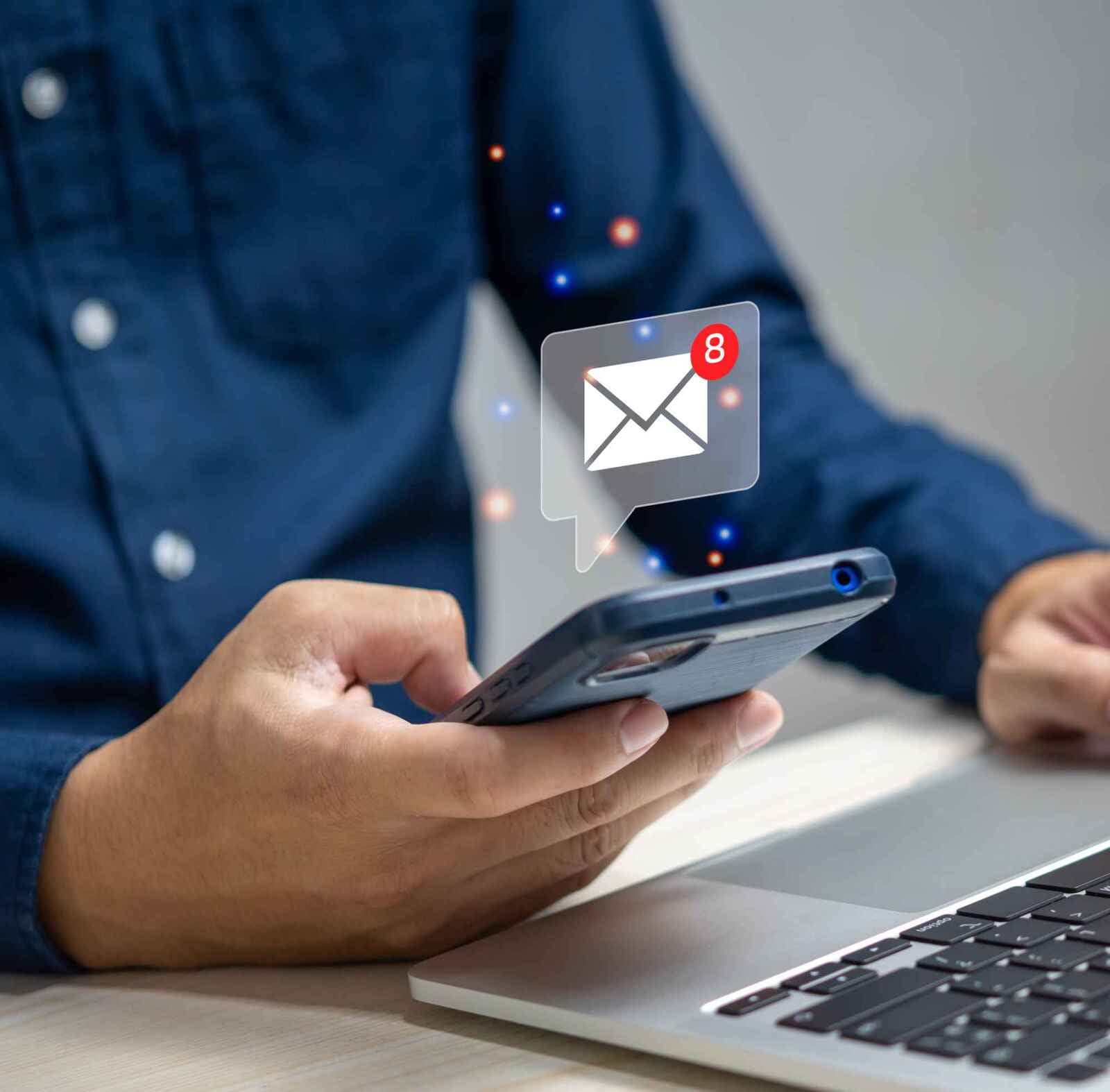
Data-Driven Insights with Analytics and Reporting:
Email automation platforms include robust analytics and reporting features, instrumental in gaining a deeper understanding of campaign performance. These features generate key metrics, including open, click-through, and conversion rates. By examining these metrics, businesses can gain insights into which aspects of their email marketing strategy work and which areas may need adjustment. This detailed feedback allows them to make data-driven decisions to enhance their campaigns, improve engagement, and increase conversion rates. Such an informed approach can help fine-tune marketing strategies, ensuring efficient and effective use of resources.
Designing the Best Email Campaigns - A Checklist for Optimization
To maximize the effectiveness of email marketing automation, here's a checklist to follow:
- Select the right marketing automation system that provides your required functionality at a price that aligns with expected return on investment calculations. Remember, these systems charge continuously, so calculate your breakeven point and how many subscribers you would require at conversion rates to justify the costs and see positive returns on your time, efforts, and expenses.
- Build and segment your audiences, focusing on defined and agreed metrics. While creating and maintaining lists can be automated, unused segmentation becomes an issue as your team changes over time. If audiences are not in use, ensure your team is notating that in their governance documentation to avoid confusion during audits and list cleaning activities.
- Use that segmentation to personalize your messaging. Segmentation and personalization mean your customers get the right message at the right time. Aligning personalization and well-written/timed messages breaks down bottlenecks in your conversion stages.
- Use a compelling subject line and preview text to grab your reader's attention. Subject lines are crucial in email marketing as they help users decide whether to open an email. An attention-grabbing subject line is vital to improving the open rates of your emails. Keep it short and precise, relevant, and avoid spammy words. Use words that evoke a positive emotion and include numbers if possible. Remember that these rules also apply to your preview text, providing you with an additional opportunity to show value to your customer if they open your email.
- Add a call-to-action (CTA) in all your emails. Email marketing aims to get your subscribers to take the desired action. Your CTA button should be visible in your email, and your content should not distract people from it. Design your content to bring attention to the CTA. Ensure the user understands the following steps and requirements before clicking through.
- Leverage A/B testing to optimize your emails. A/B testing helps enhance and improve your emails to get the best results. You can test everything from subject lines to CTA placements using A/B testing. When A/B testing, you create two versions of your email and send each to a different half of your subscribers. Then you compare and contrast which one achieved your intended KPIs.
- Pay attention to your reporting and metrics. Regularly review specific KPIs from your marketing automation reports to glean insights into how your audience reacts to your messages. If you notice positive or negative analytics patterns, adjust your campaigns to reduce adverse outcomes and increase results. Remember that reporting through the pipeline is crucial. With long-term multi-touch attribution monitoring, you may need to interpret how email marketing positively affects your customer journey correctly.
Types of Email Marketing Campaigns Every Business Should Send
Now that we've discussed building a successful email marketing campaign, we'll review several vital email marketing campaigns your business should use. When implemented correctly, email remains one of the most effective channels for businesses to communicate with their audience, nurture leads, and drive conversions. However, the key to success lies in sending emails and implementing the best email marketing campaigns tailored to your audience's needs and preferences. Many email tactics discussed throughout this section are considered drip email campaigns.
A drip email campaign is a method used in direct marketing where pre-written emails are automatically sent out to customers or prospects over time. These emails can be triggered on set timelines or from specific user actions. The term drip comes from drip irrigation, where small amounts of water are steadily and strategically spread over crops. Similarly, messages are sent out to customers steadily over time in a drip email campaign rather than all at once.
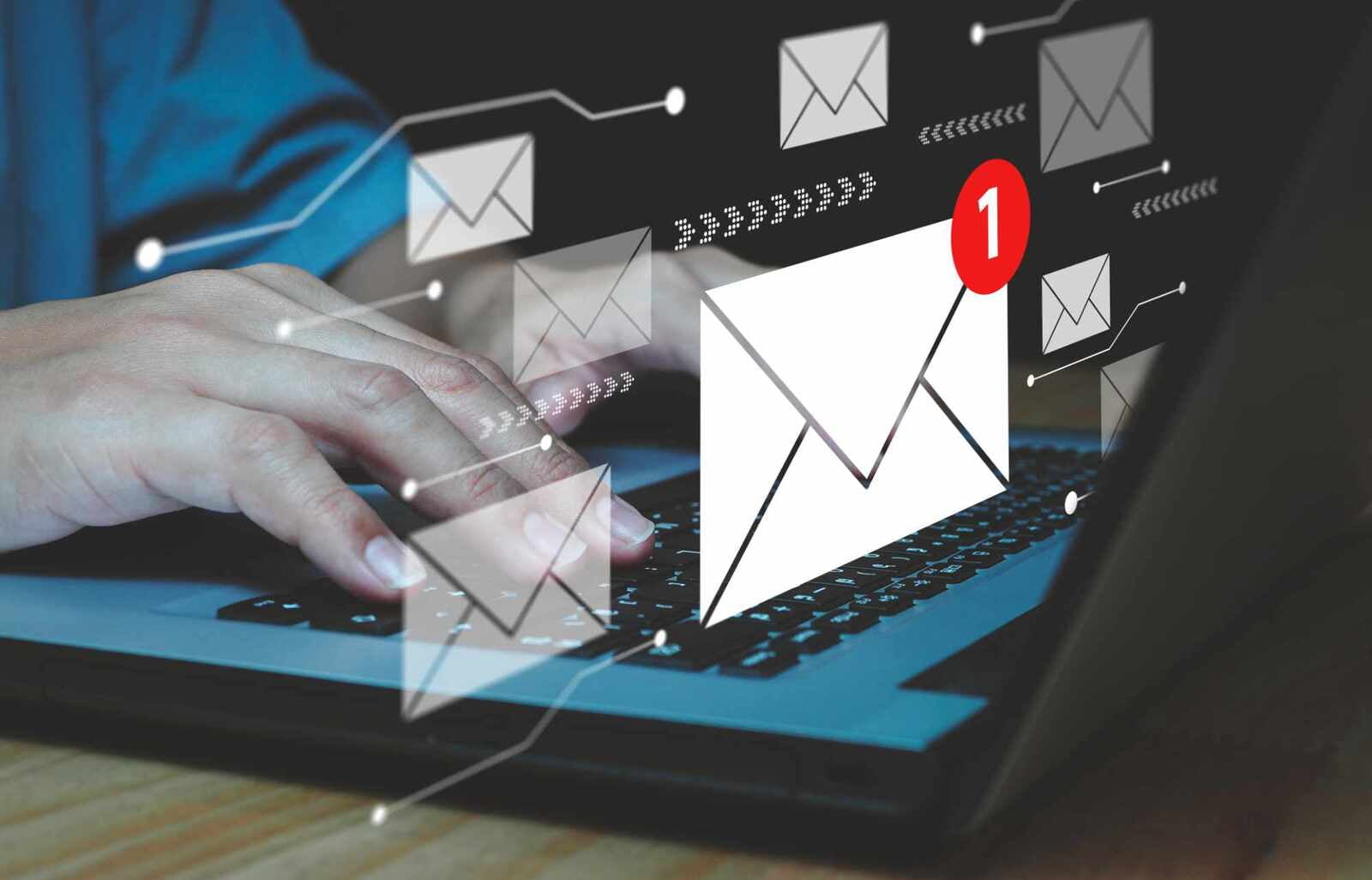
A drip email campaign aims to engage and nurture leads through every stage of the buyer's journey. These campaigns can serve various purposes, from welcoming new subscribers, providing educational content, fostering product adoption, and up-selling or cross-selling products, to following up after the purchase. They effectively maintain consistent and relevant communication with your audience, which helps build long-lasting customer relationships.
For instance, after someone signs up for a newsletter, they might receive an initial welcome email, followed by an email introducing them to the company's products or services a few days later, and then an email with a discount code a week after. Each email would be part of a drip, and each would be designed to engage and move the customer further down the sales funnel. You don't have to run the entire drip email series for each customer but mix and match the start of the next one via automation based on the changes in the customer pipeline. These drip emails chain together to support the customer's unique needs every step of the way.
Welcome Email Series
A Welcome Email Series is often the first point of contact between your business and a new subscriber or customer. The start of the customer journey is critical to make a positive and lasting impression, establishing a connection, and laying the groundwork for future interactions. In drip email marketing, the Welcome Email Series is the trigger that initiates a longer, more nuanced interaction with the customer.
Building Relationships:
The Welcome Email Series starts the relationship-building process by thanking the subscriber for joining, introducing your brand, and setting expectations for future communication. It's your opportunity to show the value you offer and why they made the right choice by subscribing.
Educating Subscribers:
Welcome emails can also educate new subscribers about your products or services. They can provide helpful content, tips, or resources that align with their interests and needs, demonstrating your commitment to delivering value.
Conversion Opportunities:
A Welcome Email Series can also catalyze early conversions. Whether it's offering a first-time purchase discount, promoting a free trial, or showcasing popular products, welcome emails can help nudge new subscribers toward their first purchase.
Regular Email Newsletter
Email newsletters are a core component of effective email marketing campaigns, acting as a regular channel of communication between a business and its subscribers. They provide a platform for sharing news, insights, and educational content, thereby keeping the audience informed and engaged. Through strategic scheduling, these newsletters keep your brand top-of-mind, ensuring that subscribers remember and consider your offerings when making purchasing decisions.
Consistent Value Delivery:
Brand Building:
Conversion Pathways:
Feedback Loop:
Promotional Emails
Promotional emails are a powerful tool in any email marketing arsenal. They provide a direct line of communication to promote special offers, discounts, new products, or services. When timed correctly and tailored to the recipient's interests, promotional emails can effectively reengage potential and return customers, driving sales and boosting customer loyalty.
The key to effective promotional emails lies in their timing and relevance. These are not merely emails announcing a sale or a new product; they are strategic communications designed to align with your customer's needs and preferences at the right moment.
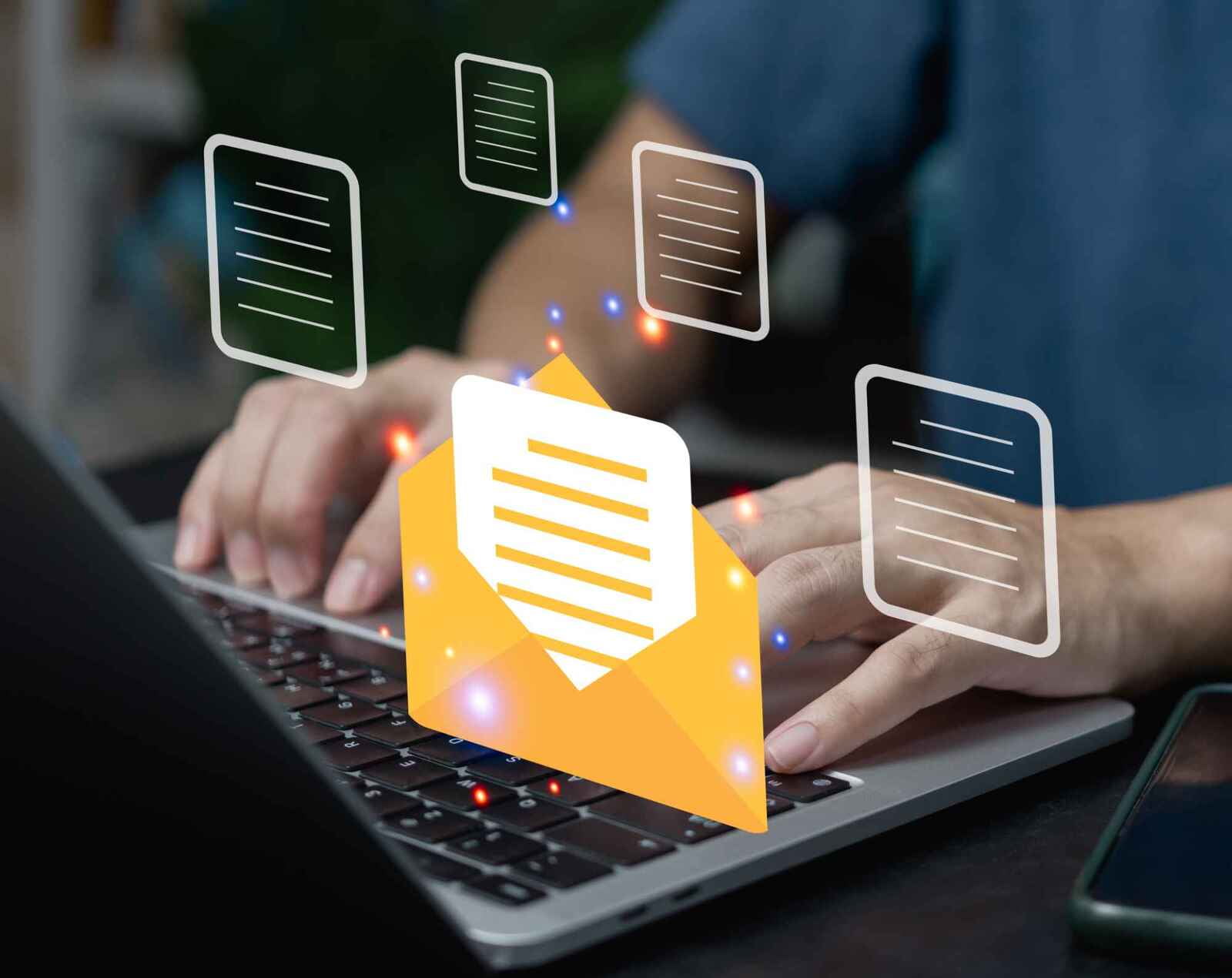
Reactivating Potential Customers:
If a potential customer has shown interest in your products or services but has yet to purchase, a well-timed promotional email can serve as a gentle nudge toward conversion. The email could feature a limited-time discount, free shipping, or a special bonus with their first purchase, giving them the extra incentive to take action.
Rewarding Return Customers:
Ultimately, the potential benefits of AI and automation can far outweigh the costs. The world of AI and automation holds immense possibilities for small businesses. So why wait? Begin your journey into the realm of AI and automation today, and unlock the potential of these powerful technologies to transform your business.
Upselling and Cross-Selling:
Promotional emails can also upsell or cross-sell your products or services. If a customer has recently purchased, a follow-up promotional email could suggest related products or premium versions that complement their purchase.
Seasonal Promotions:
Capitalizing on holidays and seasons can make your promotional emails more timely and relevant. Whether it's a Black Friday sale, a holiday special, or a summer clearance, seasonal promotions give your audience a compelling reason to revisit your offerings.
Abandoned Cart Recovery:
If a customer has left items in their online shopping cart, a promotional email can remind them to complete their purchase. Offering free shipping or a discount can be an effective way to recover these potentially lost sales.
Milestone Emails
Milestone emails are a unique type of marketing communication that celebrates significant moments or achievements in the customer journey. These could range from the anniversary of a customer's first purchase, reaching a specific loyalty points threshold, or even personal events like birthdays. Milestone emails strengthen the relationship between your business and its customers, fostering a sense of appreciation and loyalty that can have long-lasting benefits.
Personalized Recognition:
Milestone emails show customers you value and recognize their loyalty. This personal touch can significantly enhance the customer experience, fostering deeper connections and stronger loyalty for your brand.
Encouraging Repeat Business:
By celebrating a purchase anniversary with a particular discount or gift, milestone emails can incentivize repeat business. Milestone emails help increase sales and reinforce the positive emotions associated with buying from your brand.
Boosting Engagement:
Milestones are inherently engaging because they represent meaningful moments. By sharing these moments with your customers through milestone emails, you can increase their engagement and interaction with your brand.
Building Positive Brand Perception:
By recognizing and celebrating your customers' milestones, you can cultivate a positive perception of your brand. This can help to enhance your reputation, increase customer satisfaction, and ultimately, drive customer advocacy.
Creating Opportunities for Social Sharing:
Milestone emails can also prompt customers to share their achievements or rewards on social media, leading to organic word-of-mouth marketing for your brand.
Lead Nurturing Emails
Lead nurturing emails are critical in guiding prospects from initial interest to final conversion. These emails provide valuable content, build trust, and maintain a steady communication flow, with prospects needing more time to purchase. By understanding your prospects' needs and aligning your messaging, lead nurturing emails can move prospects further down the sales funnel.
Educating Prospects:
Lead nurturing emails often provide educational content that helps prospects understand your offerings and their value. Nurture emails could include product guides, blog posts, case studies, or webinars. By educating your potential customers, you're helping them move closer to a purchasing decision.
Building Trust and Credibility:
Lead nurturing emails can also help establish your brand as a trustworthy and credible authority in your industry. Sharing expert insights, success stories, or customer testimonials can enhance your brand's credibility and build trust with your prospects.
Maintaining Top-of-Mind Awareness:
Consistent communication through lead nurturing emails helps keep your brand top-of-mind. Even if a prospect is still waiting to buy, they're more likely to think of your brand when they are prepared to purchase if you've maintained regular, valuable communication.
Driving Conversions:
Lead nurturing emails often include clear and compelling calls-to-action that guide prospects toward the next step, whether scheduling a demo, signing up for a free trial, or purchasing. By providing a clear path forward, these emails can help drive conversions and generate sales.

Post-Purchase Campaign
Post-purchase email campaigns are a critical aspect of customer retention and loyalty-building strategies. These campaigns kick in after a customer has purchased, enhancing the customer experience, encouraging repeat business, and building long-term customer relationships.
Order Confirmation and Thanks:
The first email in a post-purchase campaign is usually an order confirmation that expresses gratitude to the customer for their purchase. This provides reassurance to the customer about their transaction and helps to start the post-purchase relationship on a positive note.
Product Usage Tips and Guides:
Customers appreciate receiving emails that help them make the most of their new product or service after a purchase. These could be tips for usage, care instructions, or guides that help customers understand how to get the best value from their investment.
Requesting Reviews or Feedback:
Once a customer has had time to enjoy their purchase, you can send emails showcasing related products or services they might be interested in. Related product emails can help increase repeat business and customer lifetime value.
Cross-Selling and Upselling:
Post-purchase emails can be an excellent opportunity to ask for product reviews or customer feedback. This feedback helps you gather valuable customer insights and makes customers feel their opinion is valued.
Loyalty Programs and Offers:
Post-purchase emails can also introduce loyalty programs or exclusive offers for repeat customers. Repeated outreach helps to foster a sense of loyalty and encourages customers to continue engaging with your brand.
Replenishment Reminders:
For products that are used up and regularly repurchased, like cosmetics or groceries, replenishment reminder emails can prompt customers to make repeat purchases.
Seasonal Email Campaign
Seasonal email campaigns are a strategic approach to email marketing that capitalizes on various seasons, holidays, and events throughout the year. By aligning your promotions with these timely occurrences, you can grab your audience's attention, drive engagement, and boost sales.
Creating Relevance:
Seasonal campaigns are effective because they leverage events and occasions that are top of mind for your audience. Whether it's the start of a new school year, a major holiday, or a change in seasons, these campaigns are inherently relevant and timely, making your audience more likely to engage.
Driving Sales with Special Offers:
Seasonal campaigns often feature special promotions or discounts for the season or holiday. These offers create a sense of urgency, motivating customers to purchase before the promotion ends.
Building Anticipation:
By announcing upcoming seasonal promotions in advance, you can build anticipation among your audience. Anticipation can increase engagement with your emails and prime your audience to take action when the promotion begins.
Showcasing Seasonal Products or Services:
If your business offers products or services relevant to a specific season or holiday, a seasonal email campaign can be the perfect way to showcase these offerings.
Connecting with Your Audience:
Seasonal campaigns can also build stronger connections with your customers by aligning your brand with their personal experiences and traditions.
Cart Abandonment Email Campaign
Cart abandonment is a common challenge faced by e-commerce businesses. A customer adds products to their online shopping cart, only to leave the site before completing the purchase. Cart abandonment email campaigns increase the chances of a completed purchase after a cart abandonment event. They gently remind customers about the items left in their cart, encouraging them to complete their purchase.
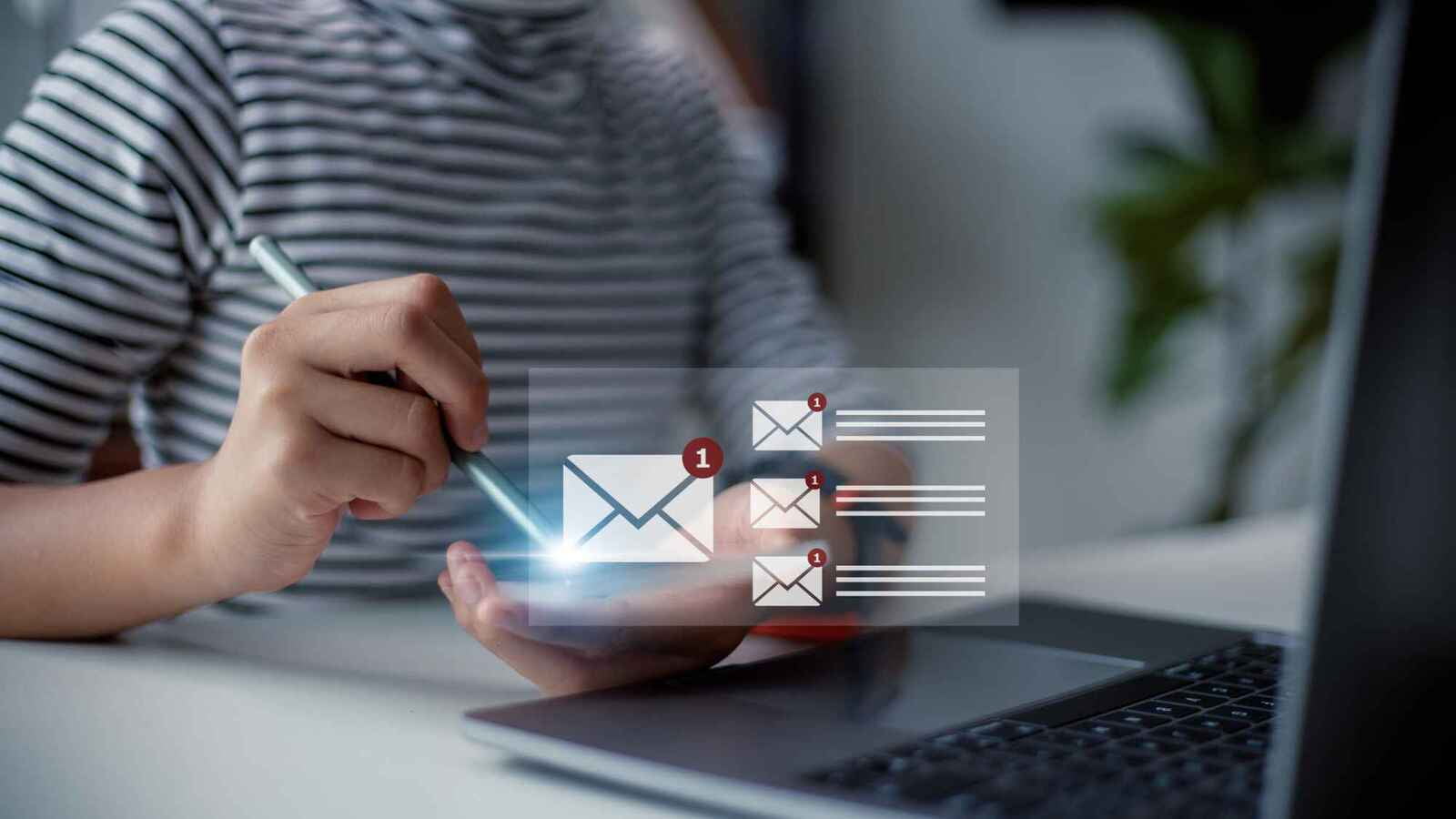
To create an impactful cart abandonment email, follow some simple rules. First, provide a clear summary of the items in the cart. This includes product images, prices, and size or delivery cost details. Remember, you don't want to overload the customer with too many items, so consider limiting the number of items displayed in the email.
Calls to action (CTAs) are another critical element of these emails. Ensure your CTA is easy to spot and clearly instructs customers on what to do next. While it might be tempting to include discounts or promo codes to tempt customers, it's essential not to overdo it. Over-discounting could harm profit margins or create an expectation of deals among customers. Instead, use discounts tactically and selectively.
The timing of your cart abandonment emails can significantly impact their performance. Sending these emails while the customer is still considering a purchase can increase their effectiveness. Testing different send times can help identify the optimal time for your target customers.
To ensure you optimize emails for each user, consider using dynamic content. Optimization could involve showing live pricing information, adjusting visuals and information based on the user's location or the products they're considering, and updating the design of emails for the device they're using.
Re-engagement Email Campaign
As you consider re-engagement email campaigns, one critical aspect to remember is the significance of personalization to reinvigorate customer interest. In an era where businesses inundate people with generic marketing messages, personalized ones stand out and recapture lost attention. It would be best to have a solid understanding of your subscribers' behaviors, preferences, and interests to develop targeted re-engagement content.
Use historical data, website interactions, and past purchases to create a unique, tailor-made message that resonates with each segmented group. Implementing personalization goes beyond just using a customer's first name; it means providing relevant content that will remind them why they engaged with your brand in the first place.
Leveraging a sense of urgency in your re-engagement email campaign is another effective strategy. Achieve urgency through limited-time offers, expiring discounts, or special events exclusive to the subscriber. The intent here is to inspire immediate action and induce FOMO (fear of missing out). However, enact this subtly and sparingly to prevent coming across as desperate or pushy. The trick is to craft your email so the reader feels they're at risk of losing out on something valuable if they do not act promptly.
The tone and language of your re-engagement emails are equally crucial. Ideally, the language should be warm, inviting, and empathetic, acknowledging that it's been a while since the recipient interacted with your brand. You want to remind them of your shared relationship, making the email feel like a catch-up session between old friends rather than a sales pitch. It's essential to balance professionalism and friendliness, ensuring the communication is authentic and human-like.
Remember, an effective re-engagement email is about more than just selling. Instead, it should be about providing value to the subscriber. Provide content with valuable industry insights, tips, guides, or personalized recommendations. By offering something of genuine worth, you're demonstrating that you value their subscription and that there's more to your relationship than just transactions.
Evaluating the success of your re-engagement campaign should focus on more than open and click rates. While these are essential metrics, consider longer-term metrics like the quality of the engagement, the impact on customer retention, and lifetime customer value. This way, you gain a more holistic understanding of your re-engagement email campaign's effectiveness and can make more informed decisions moving forward.
Finally, offer an opportunity for the customer to opt out of future messages. Re-engagement campaigns are also a great time to accomplish data clean-up. Nothing is more frustrating than a brand that continues to send unwanted messages to users. If there's officially no engagement from the user even after your campaign, you may want to consider unsubscribing them to keep your email list healthy and avoid ending up in the spam box due to low engagement from your emails.
Email Campaigns are the Marketing Foundation to Support Pipeline Conversion
Understanding and implementing effective email marketing automation is no longer an optional strategy but a fundamental part of any business aiming for sustainable growth. As we have explored, it has the power to streamline your efforts, enabling you to reach a larger audience with personalized content that resonates with their needs.
The significance of email marketing campaigns in driving pipeline conversion rates is unquestionable. Well-crafted campaigns nudge your prospects further along their buying journey, transforming them from mere leads to loyal customers. These enduring relationships lead to sustainable business growth in a world filled with fleeting digital interactions.
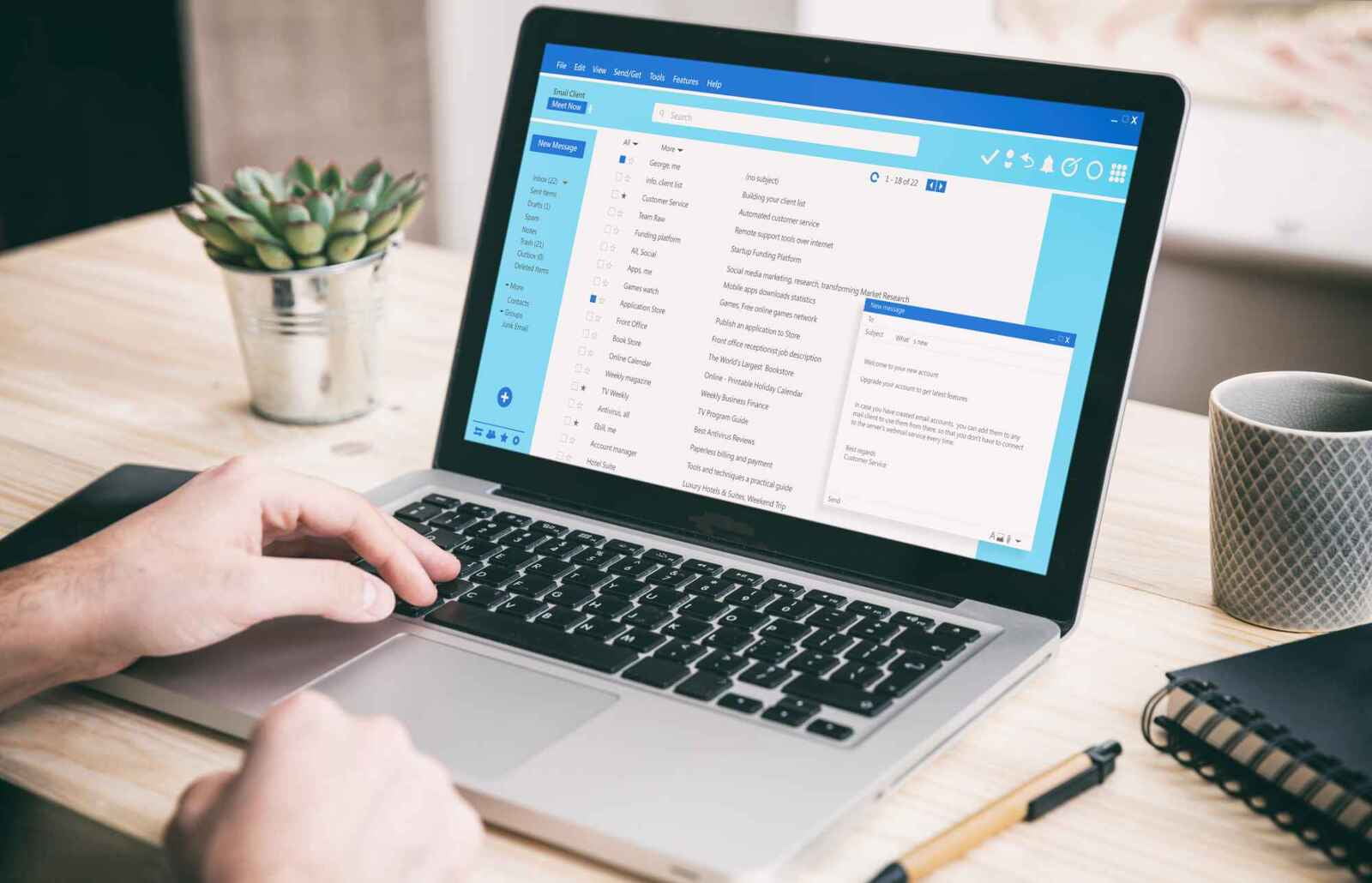
Segmentation and personalization are critical in making your customers feel acknowledged and valued. They ensure your communication is relevant and significant to the receiver, increasing engagement rates. Similarly, scalability, consistency, and timely messaging underscore the necessity of having a robust system that grows with your business without compromising the quality of customer interaction.
Delving into advanced tactics, analytics, and reporting, we see how crucial data-driven decision-making is for an effective email campaign. Techniques like lead scoring and A/B testing allow us to understand consumer behavior better, helping us optimize our efforts for better conversion rates.
Having a checklist for designing the best email campaigns, understanding the types of campaigns every business should send, and diving into more specific strategies such as post-purchase campaigns, seasonal email campaigns, cart abandonment email campaigns, and re-engagement email campaigns have all added to our arsenal of knowledge. Each of these has its role in maximizing conversions and establishing stronger customer relationships.
Ultimately, email marketing campaigns are a pivotal tool in the arsenal of digital marketing strategies. Their ability to engage with customers personally, provide valuable insights into customer behavior, and increase pipeline conversions makes them an investment worth making. So, whether you're a small business or a large corporation, the effective use of email marketing campaigns can be a game-changer in your journey to business growth.

